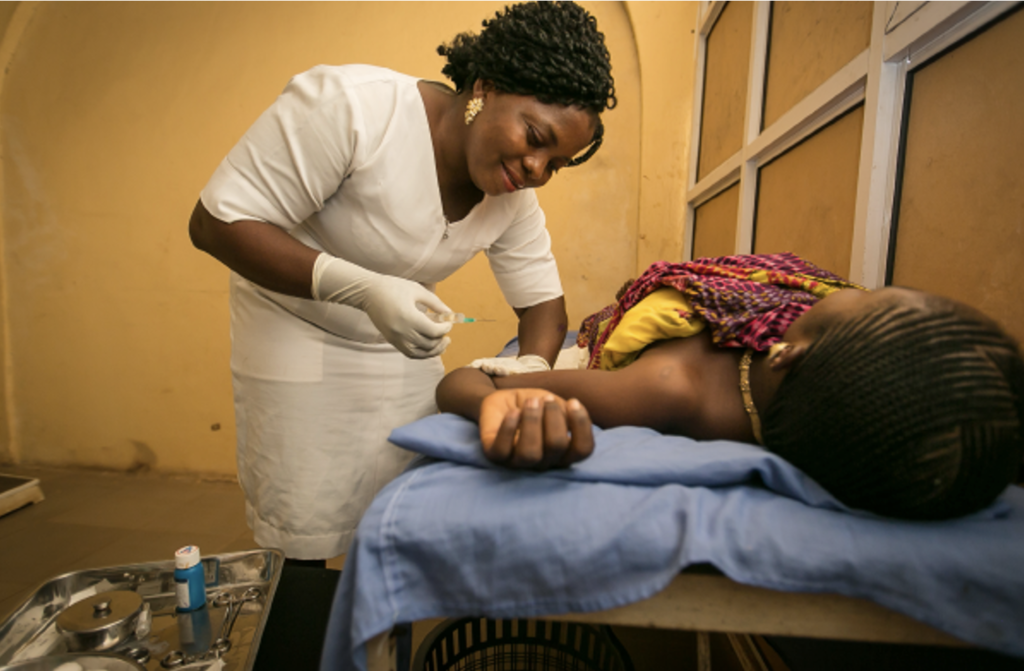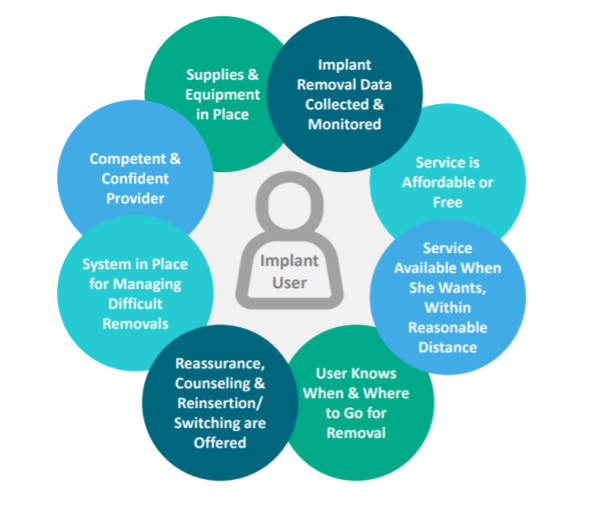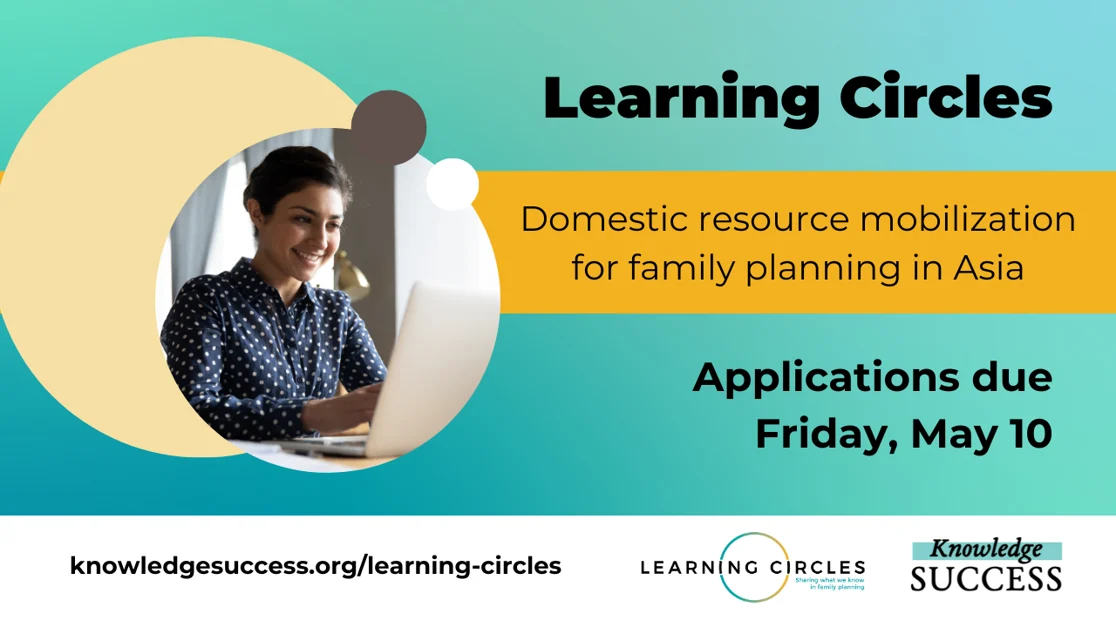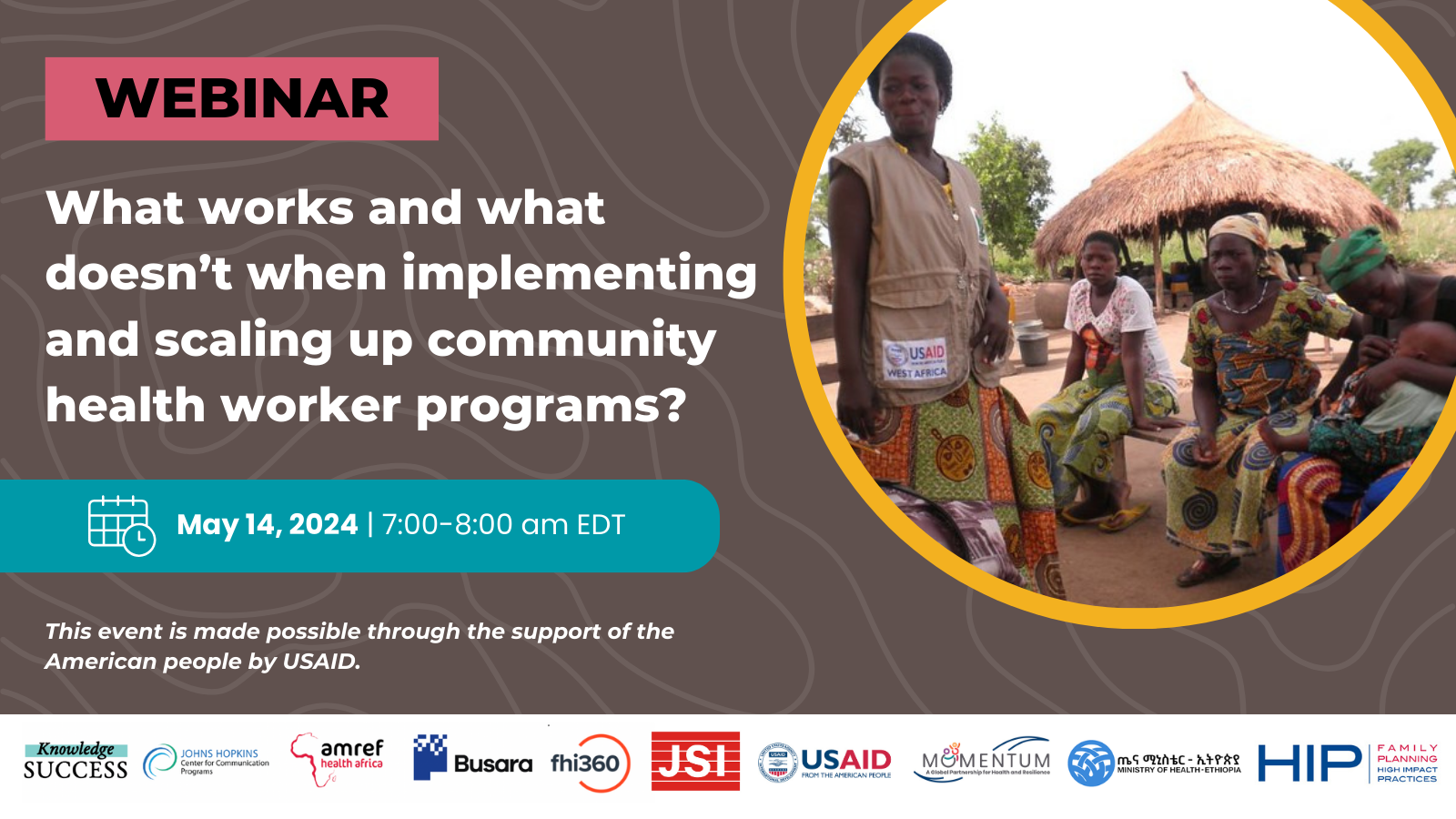Developed by the Implant Removal Task Force, these eight standards need to be upheld to satisfy clients’ implant removal needs (further questions program managers can explore to ensure removal-inclusiveness are included here):
- Providers are competent and confident. Are continuing education, refreshers, and recertification opportunities offered for healthcare workers providing implant services to ensure that their skills are up to date?
- Adequate supplies and equipment are in place: Are adequate equipment and consumable supplies in place for both standard and difficult implant removals at service delivery points?
- There’s a system in place for managing difficult removals: Is there adequate coverage of healthcare workers who can localize and remove non-palpable implants?
- Implant removal data is collected and monitored: Are systems in place to collect and use HMIS data to understand coverage, source, utilization, and outcome of implant removal services?
- Implant removal services are affordable (or free): Is the cost of removal equal to or less than the cost of insertion, and are financial mechanisms in place for clients who cannot pay?
- Implant removal services are available when the user wants, and within reasonable distance: Are all facilities that offer implant insertions able to offer implant removal services? And when not, are referral mechanisms in place?
- The implant user knows when and where they can go for removal: Do healthcare workers provide accurate communication about when, where, and why removal services can be accessed?
- At the time of removal, reassurance, counseling and reinsertion or method switching are offered: Do service delivery sites offering implant removal services have a full range of FP method choices for clients who desire implant reinsertion or a different method of choice?
A suite of materials to support program managers, technical advisors, and other FP program stakeholders in designing, implementing, and measuring FP programs with an implant removal-inclusive lens is available here.
Private Sector Expansion: The last decade is testimony to how coordinated efforts have transformed women’s access to implants in the public sector. A recent analysis of 36 countries showed that 86% of implant users obtained their implant from a public-sector source. To maximize the private sector’s ability to deliver implants, a similarly coordinated effort, led by national governments and global partners, can release the untapped potential of the private sector to deliver contraceptive implants at greater magnitude and contribute to FP2030 goals. Such efforts should focus on transforming four key areas:
- Supply: Currently, the implant supply chain and market are reliant on donor funding, which negatively impacts long-term sustainability. This severely curtails private sector healthcare outlets’ interest and ability to access affordable contraceptive implant commodities – and suppresses any business case to do so.
- Training: Historically, opportunities for implant training have not met private providers’ needs, resulting in a lack of insertion and removal skills and quality assurance measures. This, in turn, hinders quality-assured service delivery. Training that meets the needs of private providers can transform their ability to provide quality implant services.
- Demand: With a free ‘supply’ of implants widely available in public sector facilities, a key challenge to creating demand for implants in the private sector, is elucidating why a woman should pay for this service. What additional benefits are gained by accessing this service in the private sector? And which of these benefits resonate most with the target consumer?
- Stewardship and Coordination: As the last decade demonstrated in the public sector, for change to occur, efforts need to be appropriately stewarded and carefully coordinated. National governments are best placed to steward these efforts in partnership with private sector actors who are represented by an appropriate private body to unify and represent the interests and voice of private sector providers.
What’s next? A call to action
In some ways this debate around contraceptive implants reinforces what we know about new method introduction and sustainable service delivery: the importance of considering mixed health systems actors (their opportunities, abilities and motivations) in new product introduction; using a rights-based lens to inform product introduction and service delivery in all contexts (e.g. not promoting one method over another) and so much more (this article doesn’t touch on the need to expand method choice in humanitarian contexts, for example!). But just because these principles are widely known doesn’t mean they’re easy to deliver.
This begs the question: is this a pivotal moment to reframe how we support implants to ensure sustainable choice and scale?
What could this look like in practice? We’d like to offer two concrete recommendations:
- Plan for service delivery through mixed health systems during (not after!) method introduction, paying particular attention to sustainable financing mechanisms (for supply and the service) and engage the private sector throughout the product introduction journey so they are motivated to deliver methods that are simultaneously subsidized in the public sector.
- Consider the full scope of a method’s use (including uptake as well as discontinuation or method switching) as a part of contraceptive method service and access. This is particularly important for implants, which require access to a service provider to discontinue the method (i.e. remove the implant). Planning for and supporting an individual’s choice to discontinue any contraceptive method is necessary to ensure autonomy, choice, and access to begin and end methods.
ABOUT: Jhpiego and Impact for Health, as a component of the Expanding Family Planning Choices (EFPC) project, undertook rapid literature reviews and key informant interviews with experts in the contraceptive implant and family planning field, to better understand programmatic learnings, tips, best practices and challenges, including the potential for private sector engagement for implant introduction and scale-up. The results of this review led to the development of a series of products for continued learning and sharing, available here.










